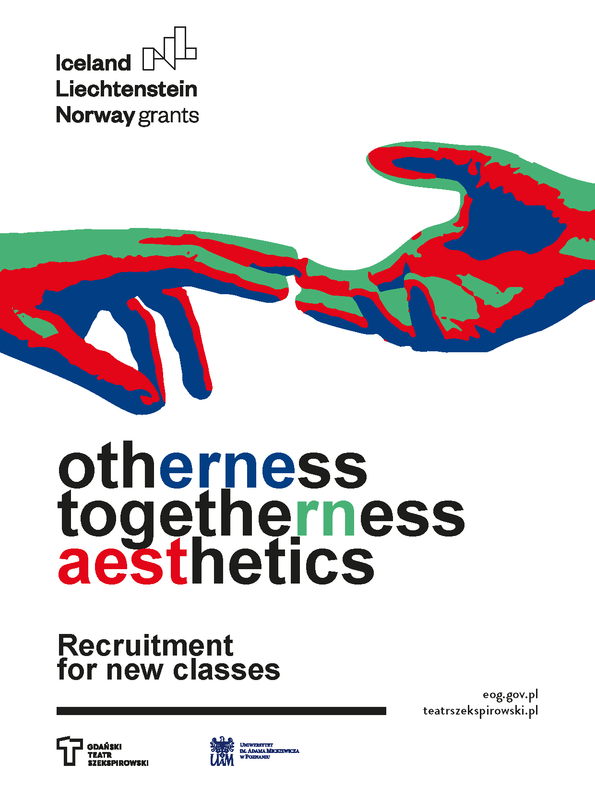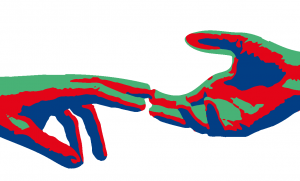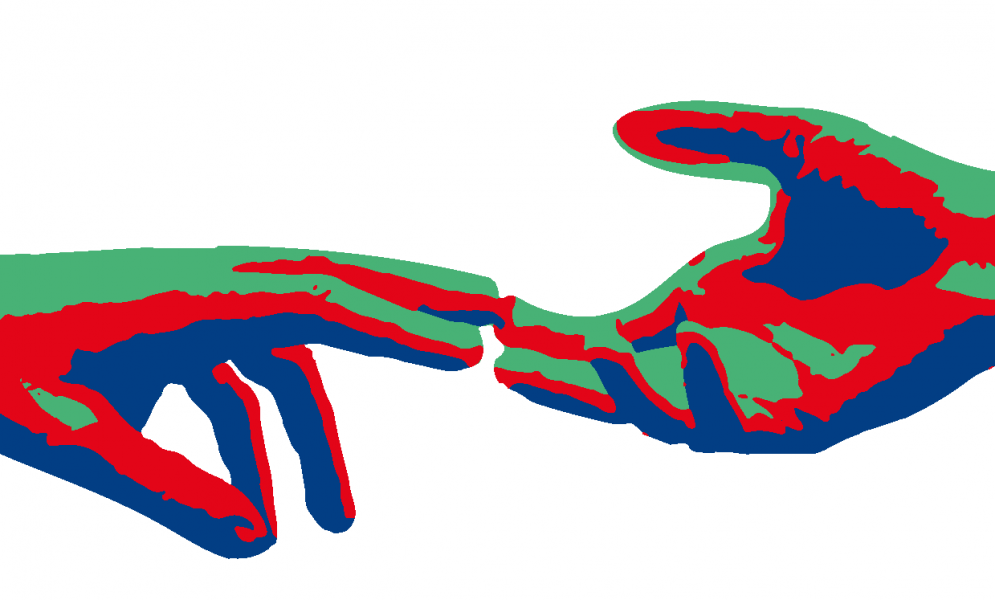The Faculty of English invites you to a new class:
“To inter-be”? Otherness and togetherness in Shakespeare’s ‘To be or not to be’ soliloquy: An aesthetic learning approach
“To be or not to be” is not only the most famous Shakespearean line, but the most mysterious, baffling and surprising one. It has become a pop-cultural icon (literally, too) and, for all we know, may be one of the most frequently adapted and modified verses. It opens what is considered the most important speech/soliloquy in the most important play by Shakespeare: Hamlet. Its significance also consists in that the manner it is interpreted and handled by the recipient (student, scholar, reader, spectator, viewer, gamer) and performer determines the interpretation of the play itself. The speech is centrally positioned in the drama (as Hamlet’s fourth soliloquy out of seven, in the middle of the middle act – three) and addresses fundamental and existentialist: life, death, pain, loneliness, suicide, fear, fragility. In Almereyda’s cinematic Hamlet (2000) a figure of a Buddhist monk ponders on the meaning of ‘To be’ arriving at ‘to inter-be’, which he explains in the following way: “it’s not possible to be alone, to be by yourself, you need other people to be”.1 This take on the possible consequences of the expression alone aptly captures its timeless import. We will attempt to look at the soliloquy’s social and aesthetic ramifications in the contemporary world, beginning with considering its weight and role in the text of the play. We will then analyse theatrical/filmic/gaming/translatory representations of the speech and how they inform us about how the processes of othering and bringing together. The next step will be to re-do the soliloquy: re-write, re-tell, re-cite, re-act, re-play, and, finally, prepare a set of socially relevant questions with which to ask online respondents. The Covid pandemic has, too, changed our treatment of the speech: we will try to establish how the isolation and the ubiquitous shadow of death have informed our perspective on the reception of ‘To be or not to be’.
The class starts on Tuesday 1st March 2022
The class is part of the project organised by the Gdańsk Shakespeare Theatre, which, in cooperation with the University of South Eastern Norway (Campus Notodden), implements new courses for students! At 4 Polish universities, we are using art and literature for various types of social intervention. The 5 best students participating in the course will have the opportunity to take part in an International Science Camp, scheduled for August 13-22, 2022. Otherness-Togetherness-Aesthetics” benefits from a grant of value 191720 EUR received from the Iceland, Liechtenstein and Norway Grants from the EEA Grants. The aim of the educational project is cooperation and implementation of aethetic learning methods at 4 Polish universities with the support of the University of SouthEastern Norway (Campus Notodden).
More information about classes: Jacek Fabiszak, fabiszak@amu.edu.pl
 Otherness-Togetherness-Aesthetics” benefits from a grant of value 191720 EUR received from the Iceland, Liechtenstein and Norway Grants from the EEA Grants. The aim of the educational project is cooperation and implementation of aesthetic learning methods at 4 Polish universities with the support of the University of South-Eastern Norway (Campus Notodden).
Otherness-Togetherness-Aesthetics” benefits from a grant of value 191720 EUR received from the Iceland, Liechtenstein and Norway Grants from the EEA Grants. The aim of the educational project is cooperation and implementation of aesthetic learning methods at 4 Polish universities with the support of the University of South-Eastern Norway (Campus Notodden).


